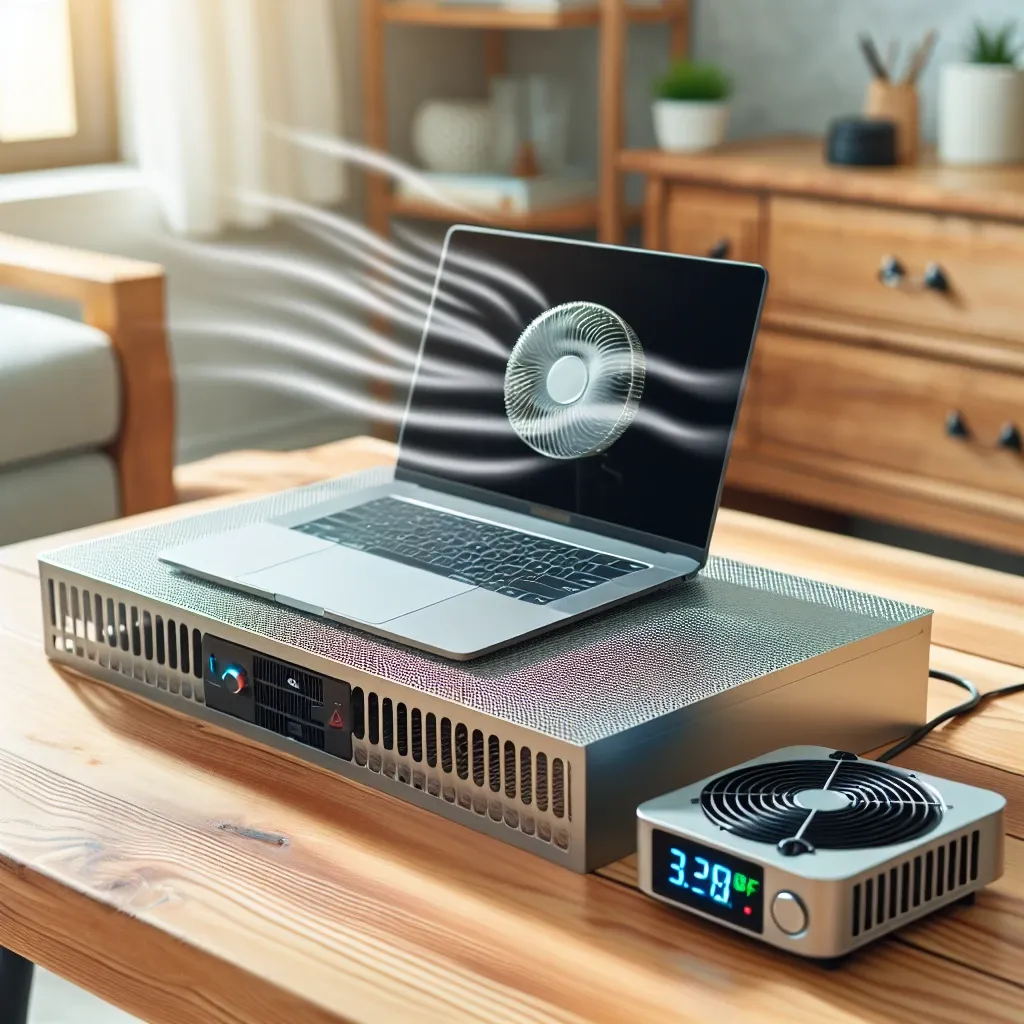Can Elevating a Laptop Reduce Its Temperature?

Introduction
In today’s fast-paced digital world, laptops have become indispensable tools for both work and play. However, with heavy usage, these devices can overheat, leading to performance issues and potential long-term damage. One common question among users is: can elevating a laptop reduce its temperature? This article explores the science behind laptop cooling, the advantages of elevation, and practical tips for maintaining optimal device temperature.
Understanding Laptop Overheating
Before delving into the benefits of elevation, it is essential to understand why laptops overheat in the first place. Laptops generate heat as they process data, and components such as the CPU and GPU are particularly prone to rising temperatures.
Common Causes of Overheating
- High-Performance Tasks: Activities such as gaming, video editing, or running multiple applications can cause significant heat buildup.
- Dust Accumulation: Dust and debris can clog vents and fans, hindering airflow.
- Poor Ventilation: Using a laptop on soft surfaces like beds or couches can block airflow.
- Old Thermal Paste: Over time, the thermal paste between the CPU and heatsinks can degrade, reducing cooling efficiency.
The Science of Elevation
Elevating a laptop changes its orientation and can significantly enhance airflow around the device. When placed flat on a surface, laptops may trap heat, especially in areas where airflow is restricted. By elevating the laptop, users can facilitate better cooling through improved ventilation.
How Elevation Affects Temperature
When a laptop is elevated:
- Increased Airflow: The space beneath the device allows air to circulate freely, helping to dissipate heat more effectively.
- Better Heat Distribution: Elevation can help distribute heat evenly across the laptop, preventing hot spots.
- Reduced Surface Contact: By minimizing contact with heat-retaining surfaces, laptops can maintain cooler temperatures.
Benefits of Elevating Your Laptop
Elevating your laptop comes with several advantages:
1. Enhanced Cooling
As discussed, improved airflow can lead to lower temperatures. Keeping your laptop cool not only enhances performance but also prolongs its lifespan.
2. Improved Ergonomics
Using a laptop at eye level can reduce neck and back strain, leading to a more comfortable working experience.
3. Increased Performance
When laptops run cooler, they can perform better by preventing thermal throttling, which occurs when a device slows down to cool off.
How to Elevate Your Laptop
Here’s a step-by-step guide on how to elevate your laptop effectively:
Step 1: Choose the Right Elevation Tool
You can use various tools to elevate your laptop:
- Laptop Stands: Adjustable stands come in various heights and angles.
- Books or Blocks: In a pinch, sturdy books or blocks can serve as makeshift risers.
- Cooling Pads: These not only elevate but also provide additional cooling through built-in fans.
Step 2: Adjust Height and Angle
The ideal height will depend on your working environment and personal comfort. The screen should be at or just below eye level, and the keyboard should be at a comfortable typing height.
Step 3: Ensure Ventilation
Make sure that the laptop’s vents are not obstructed. Elevation is most effective when there is ample space for airflow.
Real-Life Examples
Many users have shared their experiences with laptop elevation:
1. Freelance Graphic Designer
A graphic designer found that elevating their laptop improved performance during intensive design tasks. With the laptop elevated, they noticed less overheating and a smoother workflow.
2. College Student
A college student reported a significant reduction in heat while using a laptop stand during lengthy study sessions, which helped maintain comfort and focus.
Statistics on Laptop Temperatures
Studies show that laptops can operate optimally at temperatures below 70°C (158°F). Prolonged exposure to higher temperatures can lead to hardware failure. Elevating your laptop could help maintain these optimal temperatures, potentially reducing the risk of thermal-related issues.
Pros and Cons of Elevating a Laptop
Pros
- Effective Cooling: Reduces overheating.
- Ergonomic Benefits: Enhances posture and reduces strain.
- Performance Improvement: Maintains device efficiency.
Cons
- Stability Issues: Not all elevation methods are stable.
- Portability: Some stands may be bulky and less portable.
Future Predictions in Laptop Cooling Technology
As technology advances, we can expect further innovations in laptop cooling solutions. Features like liquid cooling systems, advanced thermal materials, and improved fan designs may become standard. Additionally, the integration of AI-driven thermal management could provide real-time adjustments to maintain optimal temperatures.
Conclusion
In conclusion, elevating a laptop can be an effective way to reduce its temperature and improve overall performance. By enhancing airflow and minimizing contact with heat-retaining surfaces, users can enjoy a cooler, more efficient device. Whether you opt for a professional laptop stand or a DIY solution, elevating your laptop is a simple yet effective strategy to maintain its longevity and usability. Embrace the benefits of elevation today, and experience a cooler, more comfortable computing experience.
